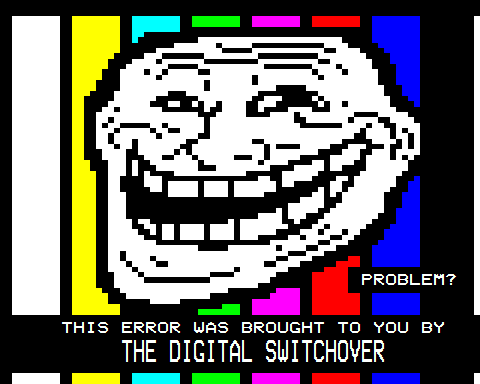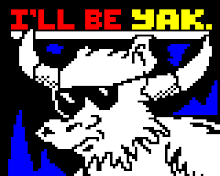All text in this post is sourced, selected and copied directly from Toastytech.
1973: The Alto computer (by XEROX) utilises a 3 button mouse, a bit-mapped display and use of graphical windows, not to mention Ethernet network connection.
 1981: The Star (right), successor to the Alto, is released, incorporating double-clickable icons, overlapping windows, dialog boxes and a 1024x768 monochrome display.
1981: The Star (right), successor to the Alto, is released, incorporating double-clickable icons, overlapping windows, dialog boxes and a 1024x768 monochrome display.1983: Apple introduces the Lisa, which includes pull down menus and menu bars. Finder windows can be dragged around the screen by "grabbing" the title bar with the mouse. Clicking the small box in the upper left of the window closes the window. Files and folders can be dragged to the desktop - although they do not actually exist there. The item is not copied or moved to another location, only the icon is displaced from the folder where it really is and displayed on the desktop instead The Trash icon works in a similar manner, holding icons until the Empty Trash option is selected and the files are deleted.
 1984: Computer Research release GEM. It is graphically very similar to the Mac interface. The GEM UI attempted to be a clone of the Macintosh UI of the time. It was nowhere as sophisticated or complete, but it has similar menus, overlapping windows, icons for files and folders, drives on the desktop, drag and drop, exiting apps uses file-quit, and a trash icon. A few noticeable differences: Opening a folder always opens it in the same window rather than a new one, the trash icon is not a real folder, and drive icons must be manually added or removed. However, it was close enough the the Mac UI that Apple sued Digital Research.
1984: Computer Research release GEM. It is graphically very similar to the Mac interface. The GEM UI attempted to be a clone of the Macintosh UI of the time. It was nowhere as sophisticated or complete, but it has similar menus, overlapping windows, icons for files and folders, drives on the desktop, drag and drop, exiting apps uses file-quit, and a trash icon. A few noticeable differences: Opening a folder always opens it in the same window rather than a new one, the trash icon is not a real folder, and drive icons must be manually added or removed. However, it was close enough the the Mac UI that Apple sued Digital Research.1985: Microsoft's Windows for IBM PC released. Has tiled windows.
 1985: Commodore releases the Amiga 1000 with Amiga Workbench (right). When the Amiga was first introduced in 1985 it was far ahead of its time with features such as multiple resolution high-color graphics, stereo sound, and pre-emptive multitasking that made it a great machine for multimedia applications and gaming.
1985: Commodore releases the Amiga 1000 with Amiga Workbench (right). When the Amiga was first introduced in 1985 it was far ahead of its time with features such as multiple resolution high-color graphics, stereo sound, and pre-emptive multitasking that made it a great machine for multimedia applications and gaming.1987: Apple introduces the Apple Macintosh II, the first colour Macintosh.
 1987: Acorn releases "Arthur" for the Acorn computer, it is the basis for RISC OS. RISC OS 2 and 3 have a similar look, but an improved feel.
1987: Acorn releases "Arthur" for the Acorn computer, it is the basis for RISC OS. RISC OS 2 and 3 have a similar look, but an improved feel.1990: Windows 3.0 released by Microsoft. Features: Program Manager shell. About this time Microsoft finally realized that the GUI was catching on. Functionally, the window management is not much different than version 2.x, however they took some steps to make it look fancier. Command buttons and the window controls now have a 3D look. However this 3Dnes did not extend to many other window controls.
1993: Microsoft releases the first version of Windows NT, their 32-bit OS. They give it the version number "3.1" and use the same user interface they do for regular Windows 3.1. Made available for Intel, Power PC, Alpha, and MIPS systems.
1995: Microsoft introduces Windows 95 on August 24th.
1997: Mac OS 8 is finally released. Selling 1.25 million copies in less than 2 weeks, it becomes the best-selling software in that period.
1998: Microsoft releases Windows 98. Features: Internet Explorer Web browser application takes over the role of the Windows shell, advertising right on the desktop, entire help system replaced by Internet Explorer.
Source: Toastytech



0 comments:
Post a Comment